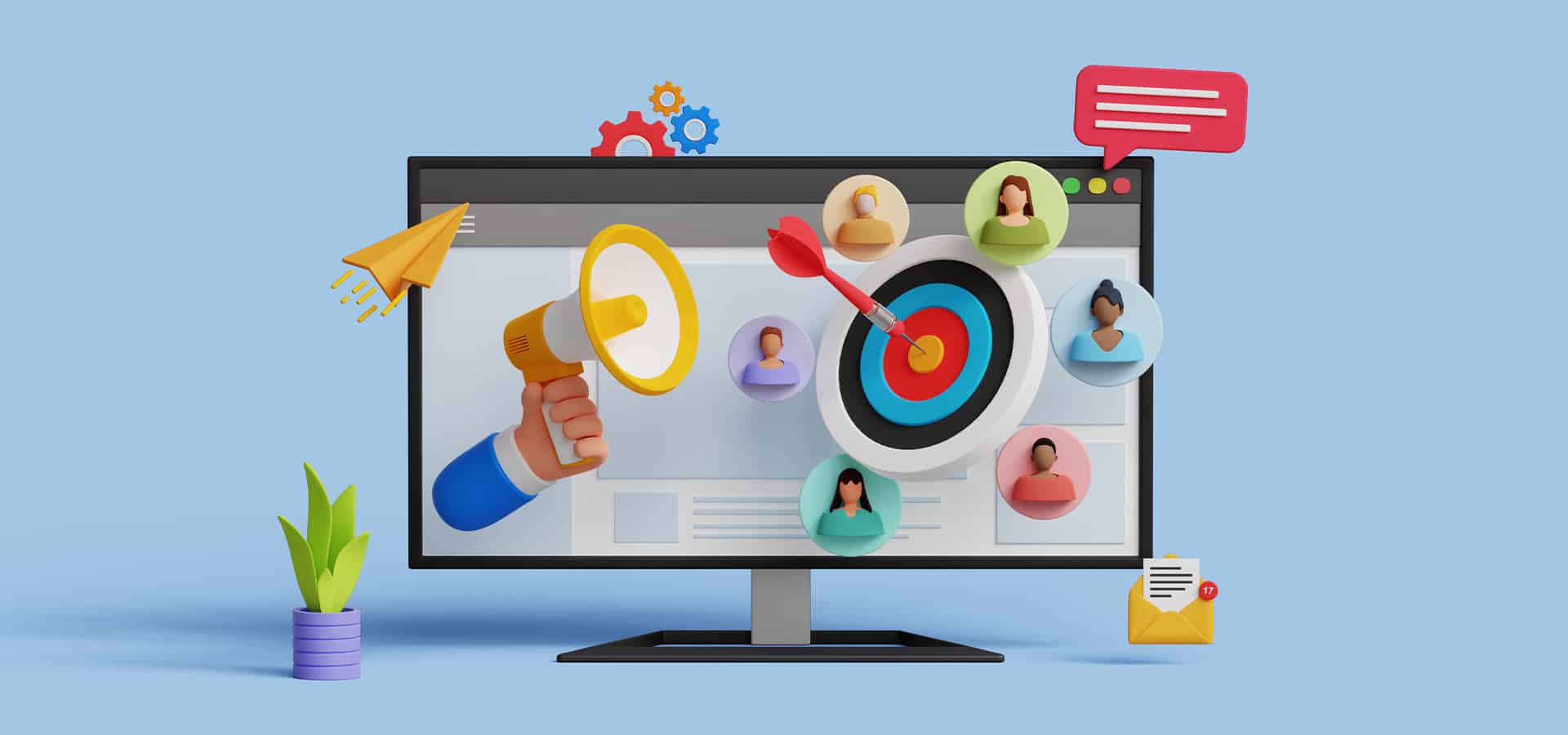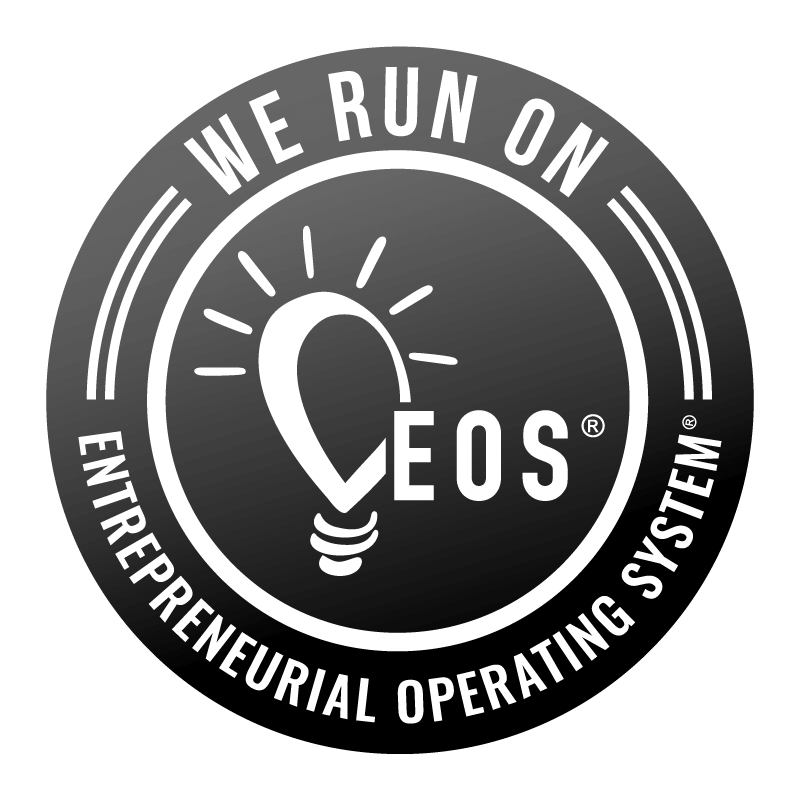Stop selling features and start selling benefits.
In my 25+ years helping B2B companies market their innovative products and revolutionary technologies, I’ve learned a valuable truth—specs don’t sell. The most successful companies understand this. They know focusing solely on features and technical details won’t win customers. Instead, they prioritize building a brand that resonates emotionally, telling stories that connect, and emphasizing the benefits their products bring to the table.
What Is Benefit-Based Selling?
Benefit-based selling is a strategy that sales and marketing professionals employ that prioritizes showcasing the advantages and positive outcomes their product or service can deliver to potential buyers. This approach goes beyond presenting product features and articulates how those features directly address customer challenges or fulfill their specific requirements.
Benefit-based selling is a paradigm shift for some B2B companies. Read on to find out how to apply this strategy to your business.
Why Benefit-Based Selling Matters To B2B Marketers
B2B marketing typically involves smaller, more targeted audiences, longer sales cycles, and higher-priced products or services. Historically, B2B buyers have been more rational and less emotional in their decision-making, focusing on ROI and value proposition. In contrast, B2C marketing reaches larger audiences, has shorter sales cycles, and relies on emotional appeals and brand building. That’s all changed.
As Paul Cash and James Trezona point out in Humanizing B2B, B2B buyers are becoming more like B2C buyers today due to several factors, including:
1. The rise of digital marketing
B2B buyers are increasingly researching and purchasing online, just like B2C buyers. This means that B2B marketers must focus on creating a robust online presence and providing a seamless digital buying experience.
2. The changing demographics of B2B buyers
Millennials and Gen Z are now entering the workforce in large numbers and are used to the B2C experience. They expect the same convenience, personalization, and customer service from B2B vendors.
3. The increasing use of social media
Social media is a powerful tool for B2B marketers to connect with potential buyers and build relationships. It can also share thought leadership content and showcase customer success stories.
4. The growing importance of customer experience
B2B buyers are likelier to choose vendors who provide a positive customer experience. Therefore, B2B companies must focus on providing excellent customer service, support, and training.
For those reasons, B2B companies need to stop leading with features and start focusing on selling benefits.
A Better Way To Sell
Specifications are important, but they’re rarely the deciding factor for buyers. According to Forrester, 71% of buyers say they’re more likely to purchase when vendors focus on the business value they can provide. Real human stories and emotions can also help build trust and improve marketing effectiveness. 69% of respondents believe that investing in human-centric marketing can give a competitive edge in performance marketing. With 77% of B2B purchasers not speaking to a sales representative until they have done their research, brands need to stand out online to have a chance for a sale.
Take a wood-bat company searching for a new CNC lathe. Knowing the lathe’s tolerances matters to a wood bat maker considering one machine over another. However, it’s rarely the most crucial factor. Instead of highlighting the lathe’s features, focus on the benefit it provides by making the customer the hero of your marketing materials.
Rather than showing a video of the machine, showcase the passion and craftsmanship of making the bat, emphasizing the dedication to precision and quality. Consider showing a montage of hilariously bad bat-making attempts before the new lathe swoops in to save the day, humanizing the technology and creating an emotional connection with the bat company.
Shifting the narrative from your product to how it empowers the bat maker to craft a bat faster with less risk of injury out of a variety of different types of wood, this approach resonates more deeply with B2B buyers because it acknowledges their pain points and positions your brand as the guide or solution provider that helps them succeed.
Remember, B2B buyers are people, and even in a technical field, they appreciate stories that inspire and humor that brings a smile to their faces.
Sweet, Brown, And Fizzy
Mimi Turner, Head of EMEA & Latin America at The B2B Institute, points out in the B2B world why it’s easy for companies to fall into the “product delusion,” thinking that specs and features are the key to winning customers. She argues that people often “satisfice,” choosing familiar options over meticulously researching every alternative. Therefore, B2B brands should prioritize building a strong, memorable brand identity over simply listing product features.
Think Coca-Cola—its iconic branding evokes feelings of happiness and refreshment, far more powerful than any technical details about its ingredients. The article emphasizes the importance of storytelling and emotional connection in B2B marketing. It’s about creating a brand that resonates with customers on a deeper level, making them want to choose you rather than just settle for you.
If Coca-Cola marketed itself as “sweet, brown, and fizzy,” would 95% of thirsty people agree that Coke solves their thirst problem? I think not.
How to Sell Benefits Instead of Features
If making the customer the hero and humanizing your brand sounds daunting, you’re not alone. Here are three steps to start you off on the right foot:
1. Understand your customer’s pain points
The first step to identifying your product or service’s benefits is understanding your customer’s pain points. What problems are they trying to solve? What challenges are they facing? Once you know their pain points, you can identify how your product or service can help them.
2. Think about the outcomes your customers want to achieve
What are your customers hoping to achieve by using your product or service? Do they want to increase sales, improve efficiency, or reduce costs? Once you know the outcomes they’re looking for, you can see how your product or service can help them achieve those outcomes.
3. Talk to your customers
One of the best ways to identify your product or service’s benefits is to talk to your customers. Ask them how they use your product or service and what benefits they see. You can also ask them what they like most about your product or service and what they want to see improved.
Tap Into the Power of Storytelling
In the ever-evolving world of B2B marketing, one thing remains clear: features alone won’t cut it. We’ve explored the shift in B2B buyer behavior, mirroring B2C trends, and the growing need to connect on a human level. Specs may be necessary, but they’re not what inspires action.
Instead, tap into the power of storytelling, emotion, and customer-centric narratives. Make your customers the heroes, and showcase how your solutions empower them to overcome challenges and achieve their goals. Remember, even in the B2B world, people crave connection and inspiration.
Ready to transform your B2B marketing? Start by understanding your customers’ pain points, identifying desired outcomes, and engaging in meaningful conversations. If that sounds daunting—call Revel. Let’s create stories that sell, not just specs that bore. The future of B2B marketing is human, and it’s waiting for you to embrace it.









